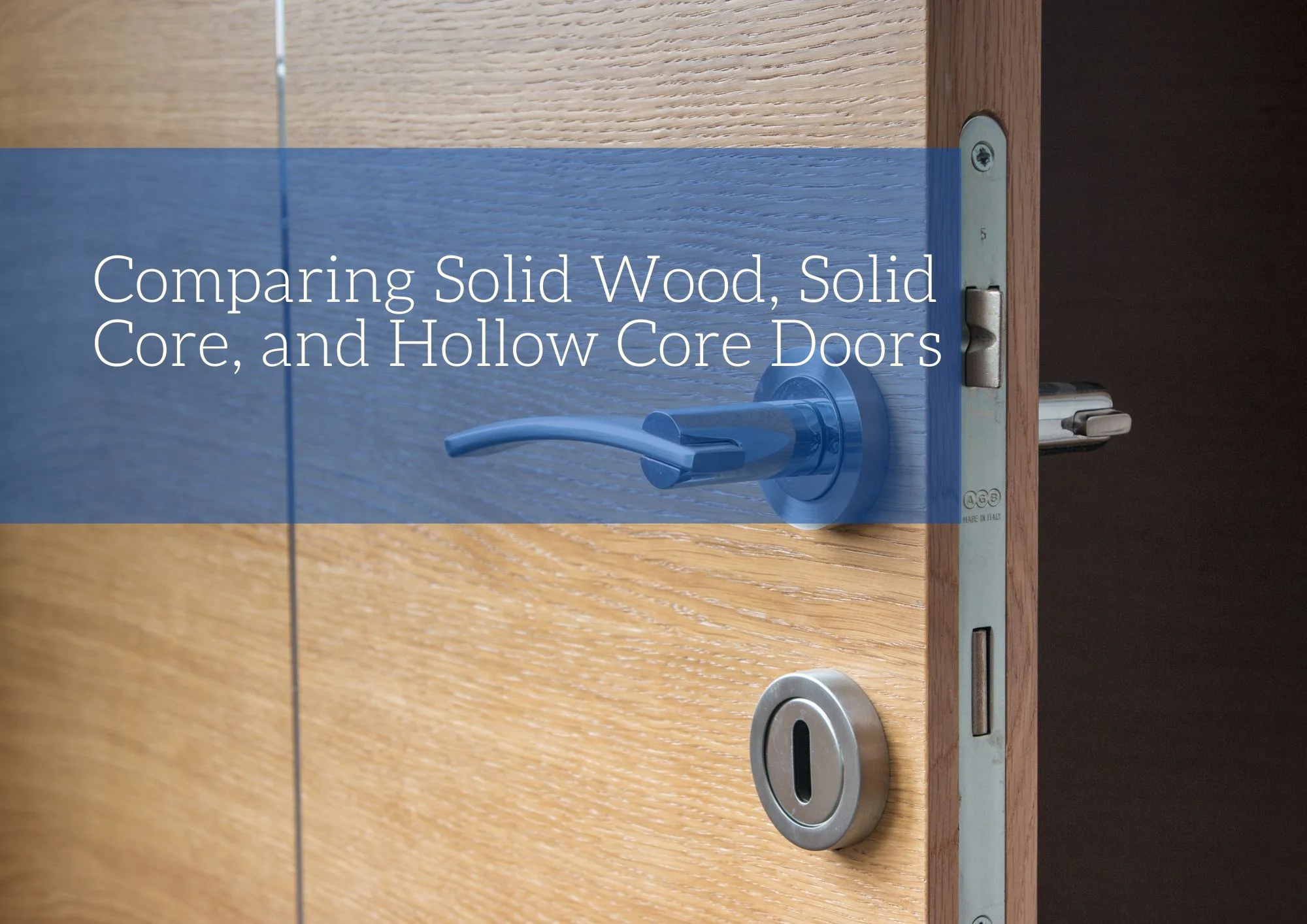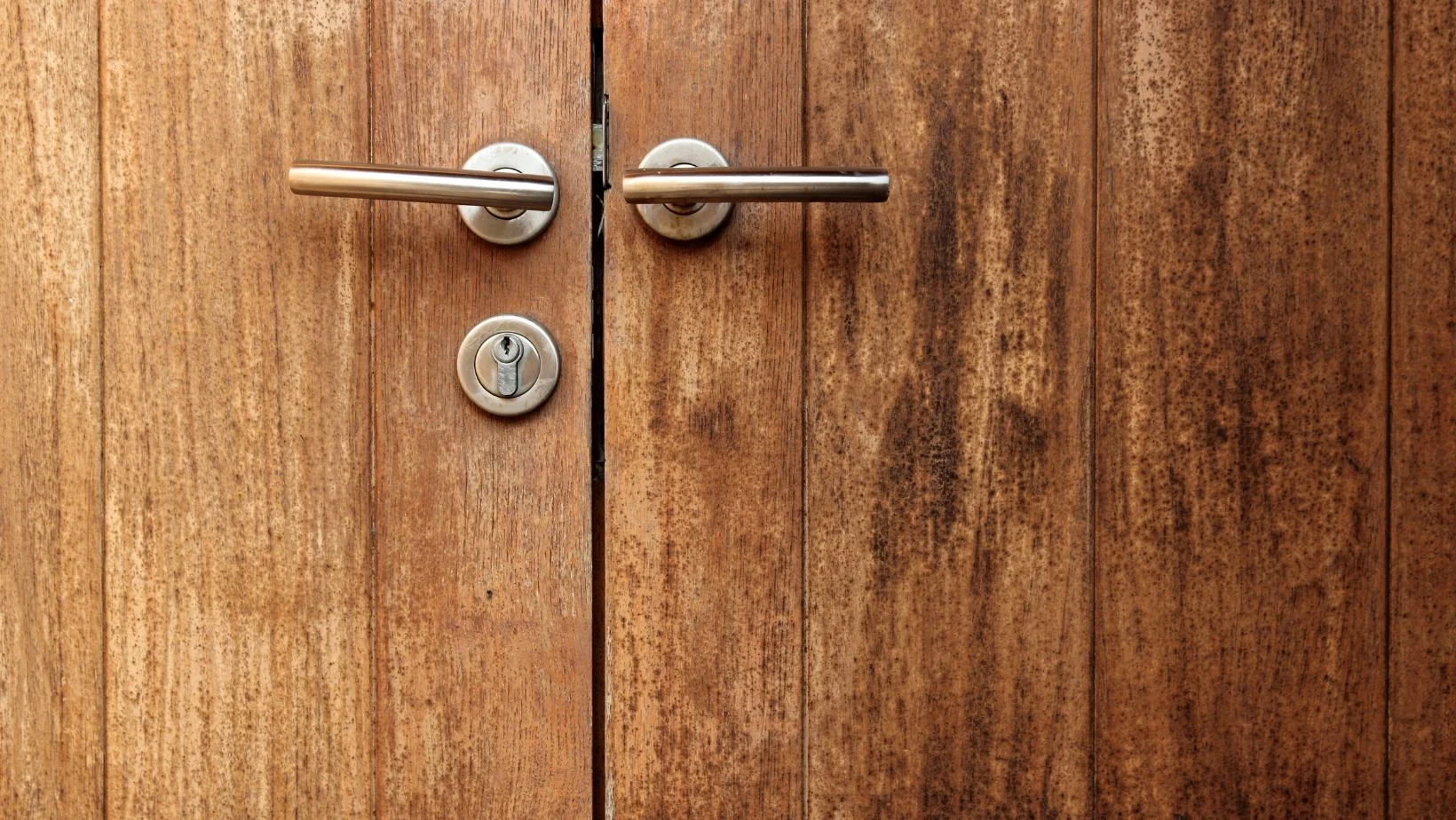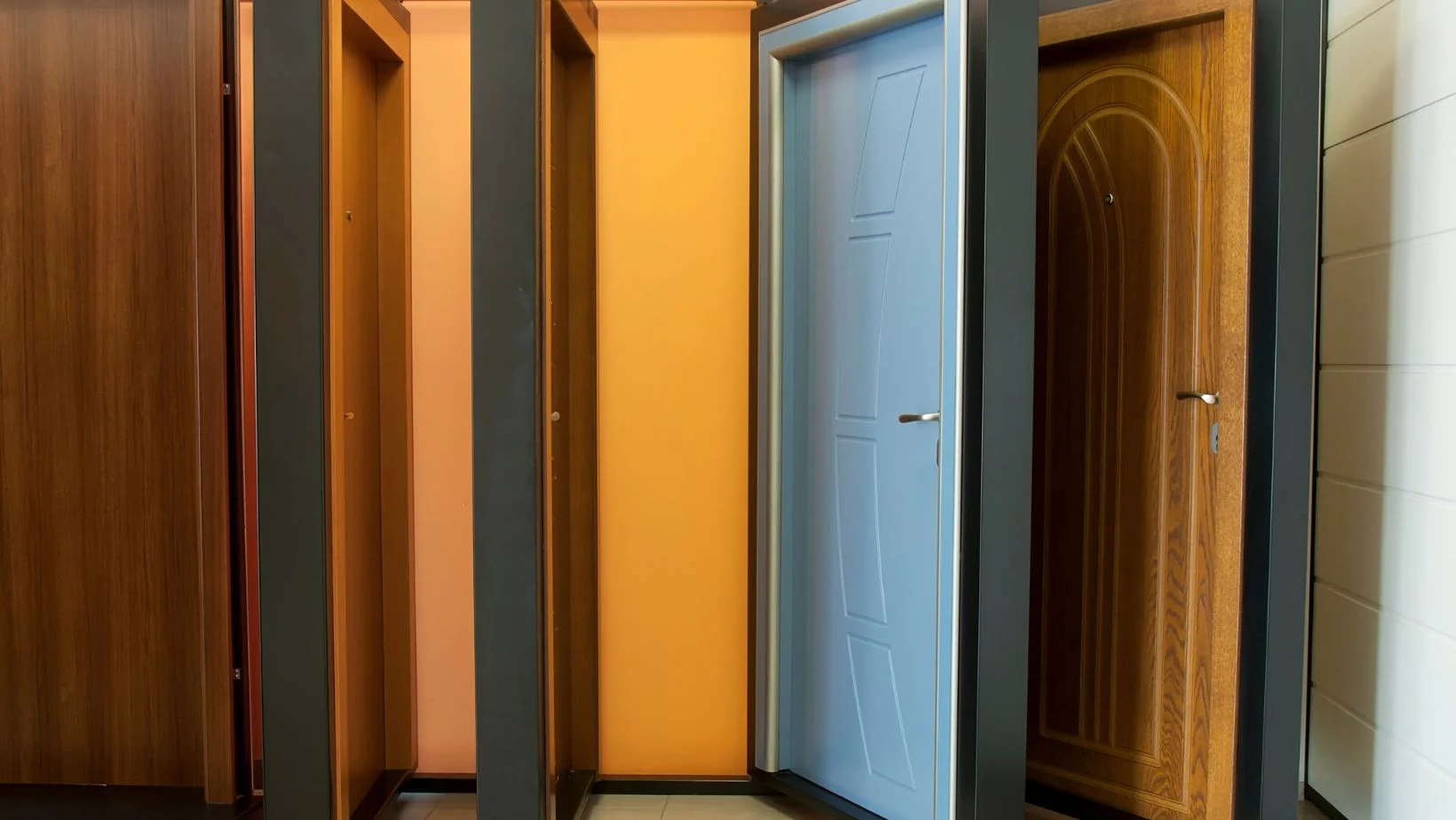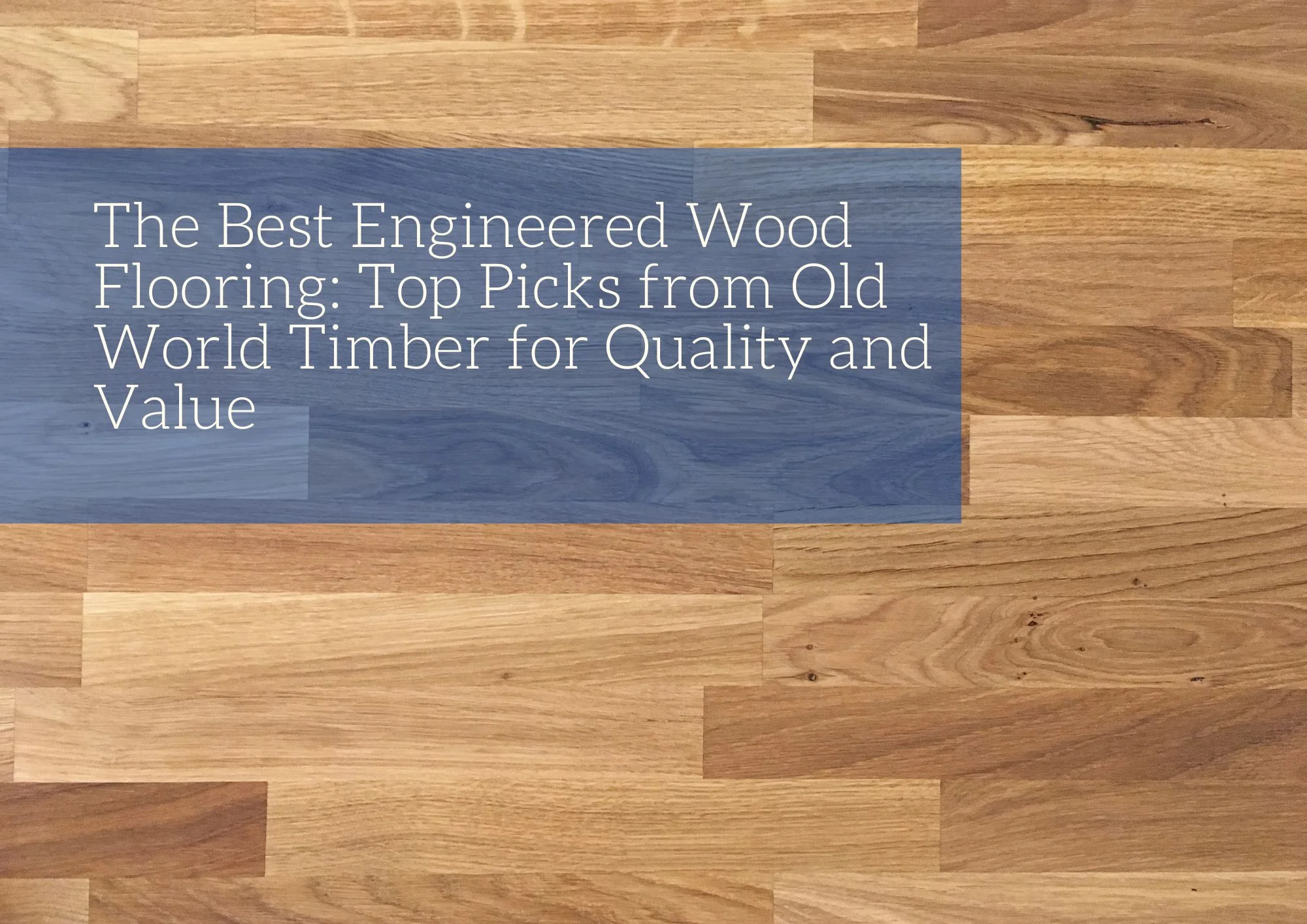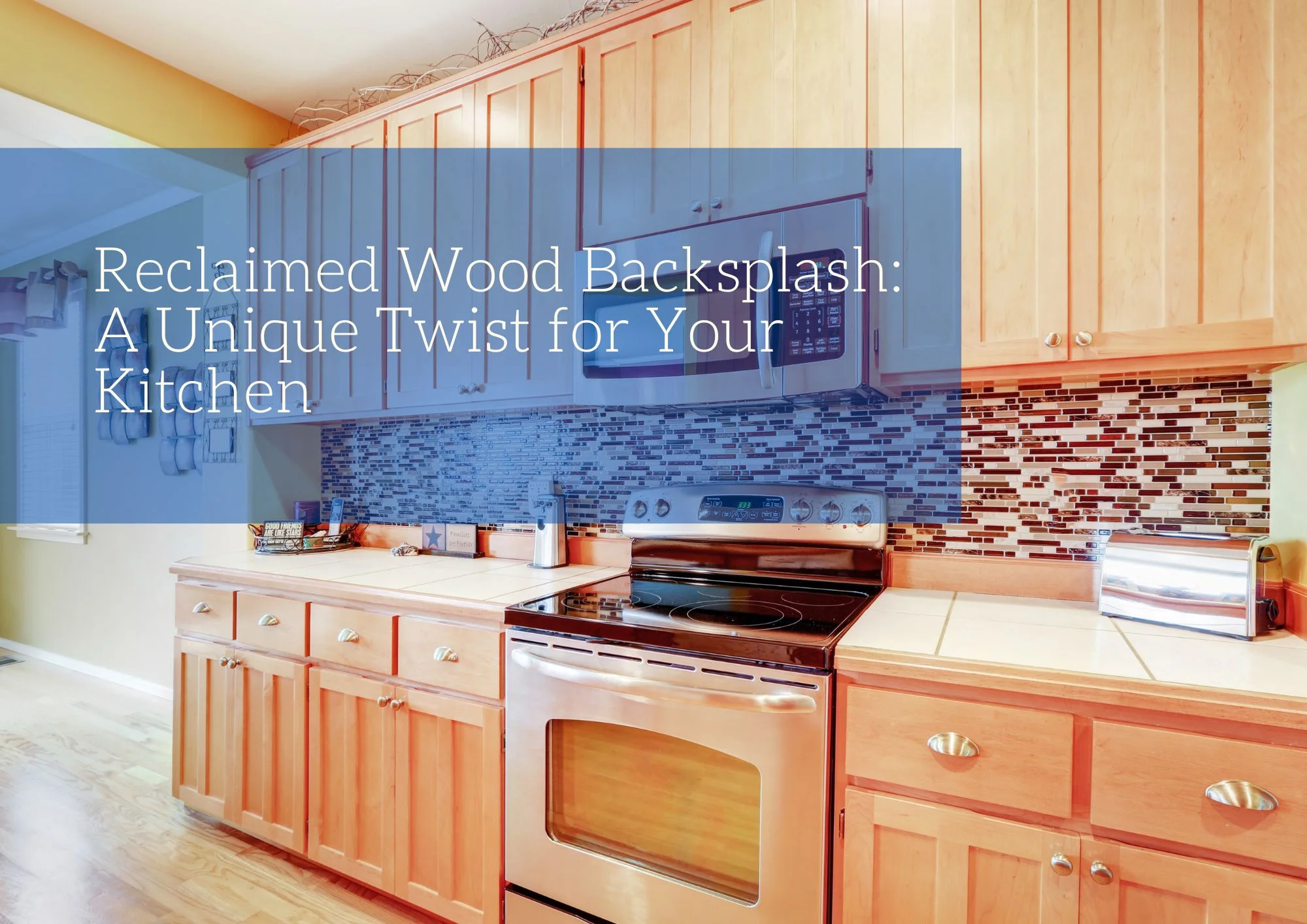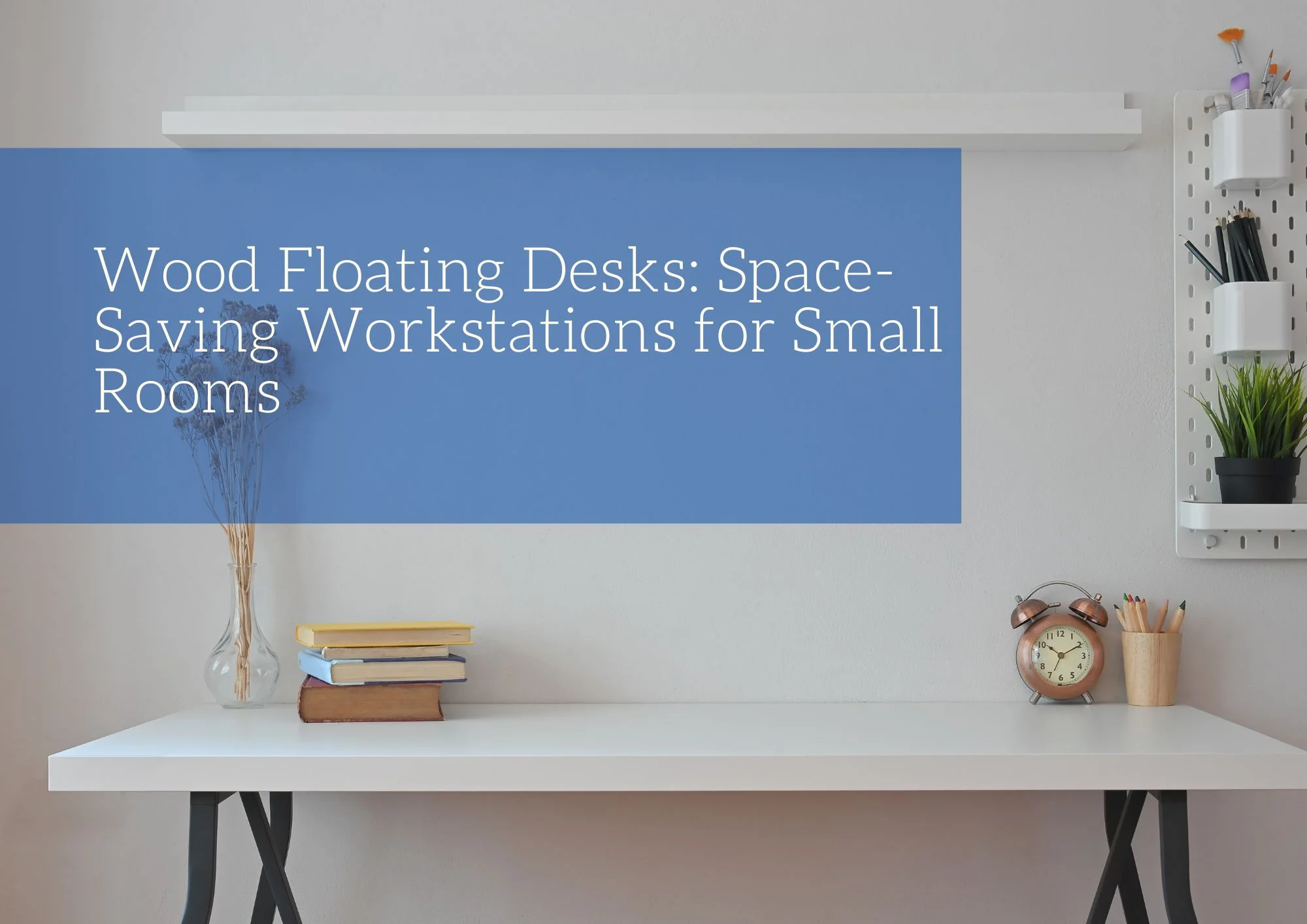When it comes to choosing wooden doors for your home, the decision can be more complex than it first appears. With options like solid wood, solid core, and hollow core doors, it’s essential to understand the differences in terms of construction, cost, durability, and overall aesthetics. In this blog, we’ll compare these three types of doors to help you make an informed choice for your home.
Solid Wood Doors
Solid wood doors are typically constructed using a frame-and-panel design that incorporates real wood, whether it’s softwood like pine or hardwood like oak or maple. It’s uncommon for these doors to be fashioned from solid wood slabs due to the difficulty in sourcing such large pieces of wood and the risk of warping or cracking.
Solid wood doors are made entirely of natural wood, excluding hardware and accessories. Instead of single, undivided slabs, these doors are constructed using a frame-and-panel design, which offers better stability and reduces the likelihood of distortion. Solid wood doors are preferred in exterior entrances due to their strength and security. However, there are more options available for interior doors.
Soundproofing varies depending on the type of wood used. Softwoods like pine provide decent soundproofing, while hardwoods like oak and maple offer excellent sound insulation, effectively preventing sound transmission between rooms.
The traditional wood panel door, such as the classic six-panel door that has been popular for generations, is designed to look and feel like a single piece of wood but is actually made up of multiple components. These doors consist of separate panels, mullions, stiles, and rails that support floating panels.
Pros
- Sturdy and Robust: Solid wood doors offer durability and strength, providing long-lasting performance.
- Excellent Sound Blockage Properties: Their dense construction effectively blocks out external noise, enhancing the quietness of indoor spaces.
- Preserves the Home’s Market Value: Solid wood doors add a touch of elegance and authenticity to a home’s interior, contributing to its overall market value and appeal.
Cons
- Expensive: The initial cost of solid wood doors is higher compared to other door materials, making them a more significant investment upfront.
- Potential for Shrinkage or Warping: Solid wood doors may be susceptible to changes in humidity and temperature, leading to issues such as swelling, shrinking, or warping over time.
- Requires Frequent Maintenance for Exterior Use: If used for exterior applications, solid wood doors will require regular maintenance, including sealing, painting, or staining, to protect them from the elements and maintain their appearance and performance.
Hollow Core Doors
Hollow core doors are constructed from a thin veneer of wood or fiberboard applied to a core of honeycombed cardboard or plastic. These cost-effective doors are commonly used for a home’s interior passageways. Most mid-range production homes today come equipped with hollow core interior doors as standard. Their low cost and lightweight design make them easy to install, potentially saving thousands of dollars in building expenses, given that a typical house might have a dozen or more interior doors. Despite the term “hollow,” these doors feature a honeycombed core enclosed by a solid wood outer frame, to which the surface veneer is bonded. This construction adds sturdiness to the door and provides modest sound insulation. The substantial amount of empty space inside the door gives it the term “hollow” while also making it light and easy to hang and swing.
Pros
- Cost-effective: Hollow core doors are budget-friendly, making them an economical choice for interior door applications.
- Easy to Install: Their lightweight construction simplifies the installation process, saving time and effort during setup.
- Stable: Hollow core doors are less prone to warping compared to solid wood doors, providing greater stability over time.
Cons
- Poor Sound Blocking: Due to their hollow construction, these doors offer limited sound insulation, allowing sound to pass through more easily.
- Poor Fire Resistance: Hollow core doors have limited fire resistance compared to solid wood or metal doors, potentially compromising safety in the event of a fire.
- Structurally Weak: Their hollow core design makes them structurally weaker compared to solid doors, reducing their ability to withstand impacts or heavy use.
- Exposed Edges: Hollow core doors often have exposed edges, making them more susceptible to damage and requiring additional care during handling and installation.
Solid Core Doors
Solid-core doors represent an intermediate construction method, where a fine-grade surface wood veneer is bonded over a solid core of engineered wood, such as fiberboard or Masonite. This construction renders them suitable for both exterior and interior applications. These doors offer a blend of the advantages found in both solid wood and hollow core doors, as they are reasonably priced yet durable and substantial in feel. Thanks to their high density, engineered wood doors may even be heavier and stronger than their solid wood counterparts. Despite being more economical than solid wood doors, they offer good sound absorption and provide solid fire protection when at least 1 3/4 inches thick. Additionally, they are designed to resist humidity-induced expansion and contraction, ensuring their long-term stability and performance.
Pros
- Excellent Sound Isolation: Solid-core doors provide superior sound isolation, ensuring privacy and minimizing noise transfer between rooms.
- Mid-Priced: Positioned at a mid-range price point, solid-core doors offer a balance between affordability and quality.
- Resists Warping: Engineered wood construction ensures that solid-core doors are resistant to warping, maintaining their shape and integrity over time.
Cons
- Limited Styling Possibilities: Compared to solid wood doors, solid-core doors may have fewer styling options available, limiting customization choices for aesthetic preferences.
- Difficult to Install: Due to their weight and density, solid-core doors can be challenging to install, requiring additional effort and expertise during the installation process.
- Heavy: Solid-core doors tend to be heavier than other types of doors, which can make handling and transportation more difficult, especially for DIY installations.
Choosing between solid wood, solid core, and hollow core doors ultimately depends on your budget, aesthetic preferences, and functional needs. Solid wood doors offer unmatched beauty and durability, solid core doors provide a good balance of cost and performance, and hollow core doors are a practical and economical choice for many settings. By understanding the differences, you can make an informed decision that enhances the beauty and functionality of your home.


